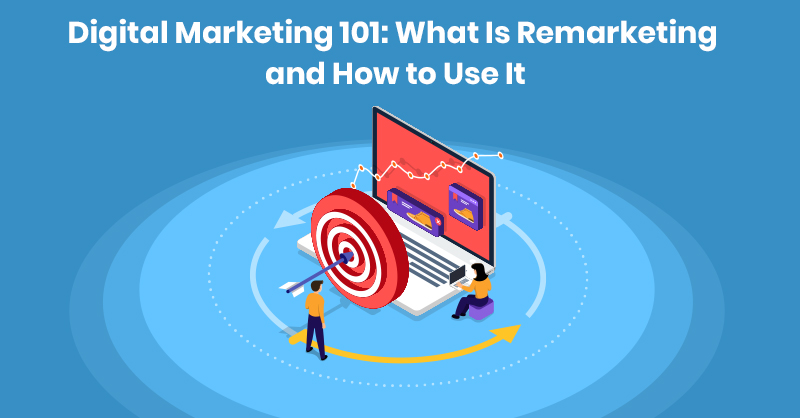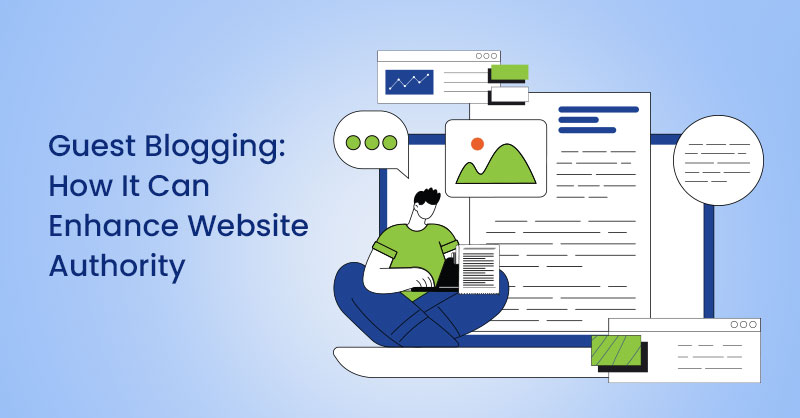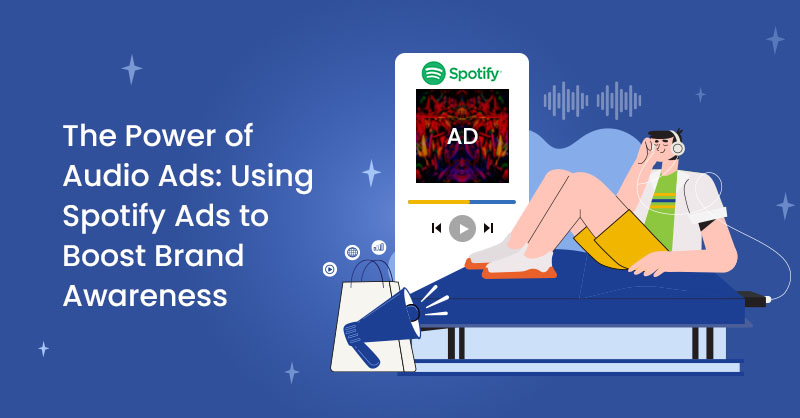If you believe in second, third, or several more chances, remarketing is an effective marketing strategy for your business to utilize and close more sales. What better strategy to find new business, than targeting potential customers that have already expressed interest in your products or services?
What is Remarketing?
Remarketing campaigns involve showing your ads to users who have visited your website that had failed to convert originally. Essentially, you’re sending those users who initially expressed interest in your business, a gentle reminder to give you a call or purchase your products.
What’s so good about remarketing strategies is that it helps you recover some of the lost business you previously spent your marketing budget on. Perhaps you ran certain campaigns on Google Ads and paid for a certain number of users who clicked on your paid ads, yet they did not convert.
Remarketing is a good tactic to recover that lost ad spend. You most likely will not get all those existing users to convert. Still, it’s an effective and inexpensive way to retain lost business and push certain leads further along the marketing funnel.
If you do remarketing campaigns right, you can study consumer behaviour, complement your search campaigns, convert lost business, increase brand awareness, and push users within the marketing funnel from awareness to purchase.
Sounds like the right marketing strategy for your business? Let’s get into the fine details of remarketing: how to use it, the benefits and much more.
How Remarketing Works
Remarketing in Google Ads consists of static images, animated images, video, responsive ads, and text ads that are placed on the Google Display and Google Search Network. What differentiates remarketing from your standard display campaigns is the targeting.
Remarketing utilizes a special tracking code to place cookies on the browsers of users who land on your website. With that tracking code placed on certain users who come to your website, this enables your business to serve ads to them through the Google Display and Search network.
This enables you to tailor your ads based on the specific behaviour a user took on your website, and follow them as they browse through the internet. This provides them with a constant reminder to invest more thought into investing within your business and helps increase brand awareness.
Google Ads Remarketing Options
Standard Remarketing
Enables you to remarket to visitors of your website as they browse through websites on the Google Display Network. Often you will see marketers target past visitors within the past 90 days, with a static banner image such as:
Dynamic Remarketing
This simply serves remarketing ads based on the specific activity a user took on your website. If they visited a certain page or added certain products to their shopping cart, but did not check out.
This is different from the standard, as standard only remarkets to all website traffic with broad images or videos.
Remarketing Mobile Apps
If you’re a business with a mobile app or website, Google will enable you to target those users with ads on other mobile websites and apps.
Remarketing List for Search Ads (RLSA)
This helps you connect with users who interacted previously with your website as they continue looking for a particular product/service. This helps alter your strategies with search campaigns by:
- You increase bid adjustments on keywords for users who previously visited your website but did not convert.
- Bid on broader keywords for users who converted on your website in the past.
Video Remarketing
Google Ads enable users with YouTube accounts, to target users who have viewed any of your videos with banners through other YouTube channels or Display Network videos.
Email List Remarketing
This is also referred to as customer match. Essentially if you have a customer email list, Google Ads enables you to upload that list and broaden your remarketing campaigns to target any of those emails logged into Gmail, YouTube, or Google Search.
Audience Selections
The amazing thing about remarketing is you're not limited to what audiences you can display your ad to through the GDN. Placing a tracking code on the cookies (users) that land on your website provides us with consumer data to create some of the following common audience lists:
- Based on the product page visited
- Based on visiting a certain page of your checkout process
- Based on not visiting a certain page
- Time on site
- Number of pages visited
- Demographic targeting
- Geographic targeting
Google provides us with the ability to create different audience lists for remarketing, allows us to craft display ads based on who we choose to advertise to.
For example, if someone landed on your SEO service page and bounces. We can build an audience list based on users who visited that specific page, and design ads to target those users. In which we can send the message to “Schedule A Free SEO Consultation” or remind them of our ability to “Rank Them on the First Page.”
Facebook Remarketing Options
This enables us to draft different marketing strategies for users within different stages of the marketing funnel. Your marketing strategy and sales pitch will be much different from someone who is in the “awareness” stage compared to a lead considered to be in the “purchase” stage of the marketing funnel.
Facebook remarketing is very similar to Google remarketing. The same strategy applies, in which users that visit your website are tagged with a tracking code that enables marketers to advertise their offers to them.
The difference is strictly that remarketing on Facebook, the ads are only shown on Facebook platforms, where Google is shown on the Display and Search Network.
Facebook’s remarketing includes creating a custom audience, that provides you with three unique target audiences: Customer List, Website Traffic, App Activity.
Customer List
Similar to Google’s customer match, this provides you with the ability to deliver ads to an audience that you have previously acquired through a customer or email list. Any information you have in your customer databases, such as emails, numbers, user IDs, Facebook enables you to upload that information and build an audience based on that information.
What’s great about customer lists, is that you can create additional targeting by building a lookalike audience. Which essentially finds and advertises to an audience with similar demographics, interests, browsing history as your customer lists.
Website Traffic
Similar to Google’s standard and dynamic remarketing, Facebook provides the option to place a pixel (tracking code) on each page of a website. With this data, we can either remarket with generic ads to all website visitors or tailor more specific ads based on the pages a certain user visited.
App Activity
Similar to website traffic, businesses with mobile apps can target users on Facebook platforms with remarketing ads. For example, if you abandoned a pair of running shoes on the Amazon shopping cart app, you can send them ads reminding them to finish their checkout.
Benefits of Remarketing
Now that you understand remarketing on both Google and Facebook platforms, I’m pretty sure you have a good idea of how it will benefit you or your business. However, just to make sure we’re on the same page, let’s list a few of the obvious benefits and how it can help your business:
Large Reach
Building a remarketing list enables you to follow users and show your ads on over 2 million websites through the GDN, Search Network, Facebook platforms, and mobile apps. This large reach will help you build brand awareness.
Design Ads Specific to Your Audience
Target users based on the activity they took on your website. Displaying ads that a familiar within a consumer's mind, are 76% more likely to get clicks than regular display ads.
This also enables advertisers to personalize incentives. Such as providing discounts to items left in a shopping cart, or a free e-book for users looking to learn more about a particular service.
Pusher Users Further Along Marketing Funnel
92% of customers don’t purchase on convert on the first visit to a website. Retargeting users with tailored ads helps remind users of the value your business offers, and push them closer to converting.
Cost Efficiency
On average it roughly cost only $2.28 to reach 1000 viewers over the GDN. Compared to your standard search campaigns, which in most cases can cost $2.28 for your average cost per click.
Moreover, if you’re running remarketing campaigns in conjunction with search campaigns. This is an effective way to recover your lost ad spend on clicks for users that didn’t convert.
Collects More Data
Google Ads gives you the ability to track the performance of remarketing campaigns. Moreover, you can track this data in Google Analytics. This provides you with useful data for how certain users perform on your website, as you can generate demographic, geographic and interest reports.
Conclusion
Remarketing is an effective marketing strategy that complements any paid search or social campaigns. If done right, you should be able to recover lost revenue, increase sales and build brand awareness.
Your options with remarketing campaigns are endless. There are a variety of creative and unique different tactics to advertise to users that have interacted with your website. Contact TechWyse today to learn how remarketing can help build your business.







on
A great content. Thanks for sharing valuable information. It is very useful for those who are in marketing field. It will really benefit them.